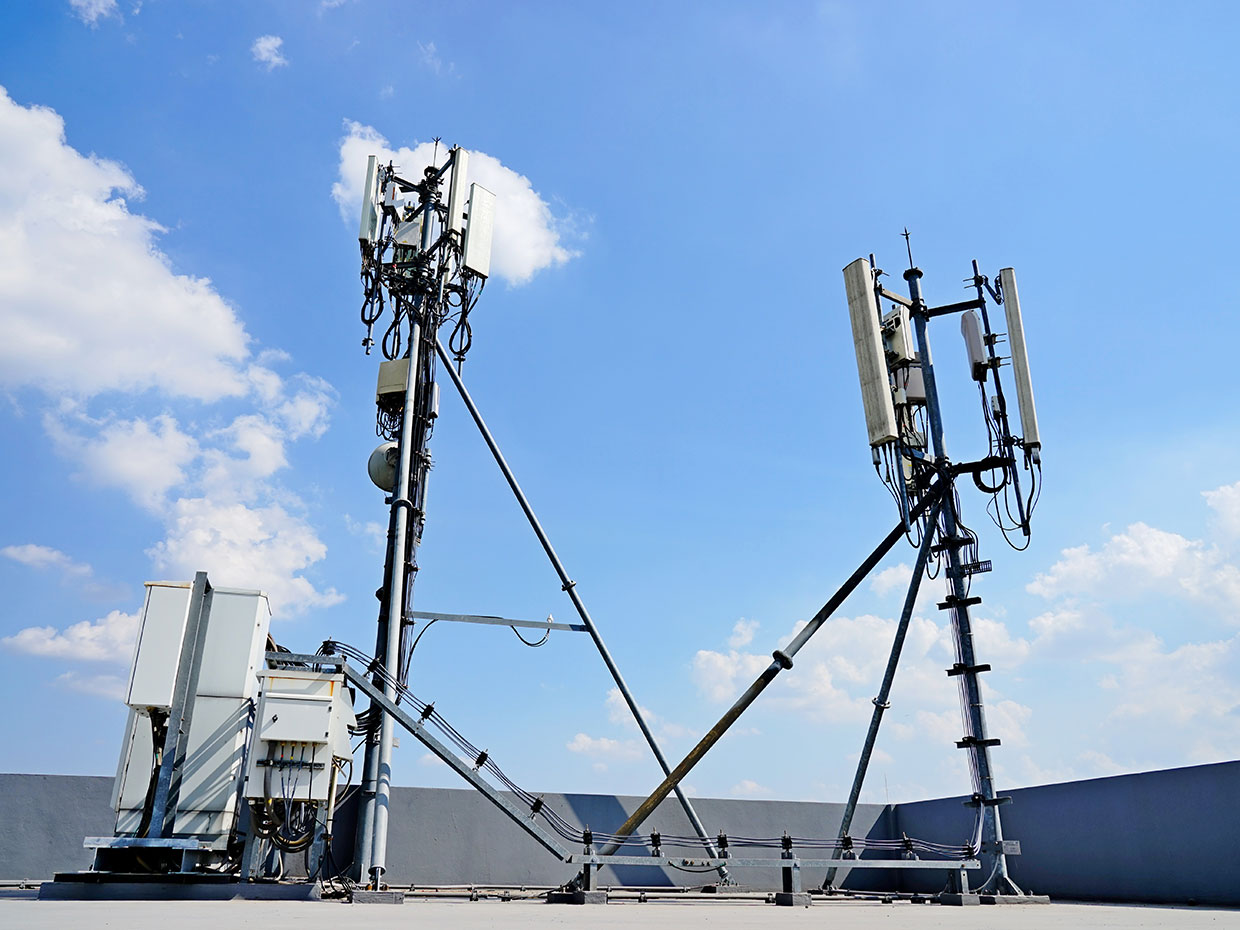If you've ever walked through a city, you may have seen tiny cell towers for 5G on street light poles. They look like small boxes however they're actually sending wireless signals from cell phone providers to your phone.

They are replacing larger specially-designed cell towers. While what is safe distance from 5g tower , they still can create issues for users.
The FCC's Radiation Exposure Thresholds
The FCC's Radiation Exposure Thresholds determine the safe limit at which an individual can be exposed to electromagnetic radiation from wireless devices. The exposure limits are based upon scientific research that show that RF energy can cause harm to health.
The absorption rate specific (SAR) is an indicator of the amount of radiofrequency energy that is taken up by tissues. It is typically 1.6 milliwatts per kilogram averaged over one Gram of tissue.
But, since 5g operates at higher frequencies and has the potential to create more energy on the skin and other exposed body areas. This could lead to many potential problems, including an increased development of skin diseases like dermatitis, cancer of the skin and cataracts.
Because of the potentially severe effects of 5g radiation, PSU has chosen to establish a general, localized maximum power density of four MW/cm2 based on the average on 1cm2, and never to exceed 30 minutes for all 5G services at 3000 GHz. This limit for localization is in line with the maximum spatial-average SAR of 1.6 W/kg, averaged over one grams of tissues at six GHz.
The FCC's Maximum Exposure Thresholds
In the event that you've used mobile phone, you're probably aware that the safest location from the tower is at least 400 meters away. what is a safe distance from a 5g cell tower is due to the power of the transmission of the cell tower is significantly increased the further away your location from the tower.
While it sounds like something that's good but the truth is that people who live close to towers may actually be more susceptible to health problems. For instance, a study conducted in 2014 in India found that residents who lived within 50 meters of cell towers had significant more health issues than those living further away from the antennas.
But, what is a safe distance from a cell tower showed that residents who moved to areas further away from cell towers noticed their symptoms return to normal within a few days. Another study has shown that exposure to high frequencies of radiofrequency electromagnetic fields (EMFs) can lead to cancer, brain tumors and other health issues.
This is because RF radiation, which is utilized in wireless communications, can penetrate the human body's outer layer, which is the skin. This is important to understand since the skin functions as a shield against mechanical injury, infection by pathogenic microorganisms, and entry of toxic substances. The skin is the most important organ in the human body, and is responsible for protecting other organs.
The FCC's Minimum Exposure Thresholds for the Minimum Exposure
The FCC's Minimum Exposition Thresholds are based upon many assumptions that aren't supported by scientific evidence. They include the incorrect assumption that short-term exposures to RF radiation are safe because of the minimal radiation penetration in the human body (i.e. thermal heating of tissue).
This also overlooks the greater penetration of ELF elements of modulated radio signals and the consequences on the body of short bursts from pulsed RF waves. These assumptions are not in line with current understanding of the biological consequences of RF radiation. Therefore they shouldn't be considered for health protection exposure guidelines.
Additionally there is the fact that both ICNIRP and FCC restrict the maximum limits of exposure to peak local SARs based on the peak speed of spatial absorption (psSAR) which is not a sufficient dosimetric tool to determine the degree of exposure to RF radiation. Particularly the psSAR tool is not accurate for frequencies above 6 GHz. Additionally, psSAR hasn't been evaluated for RF radiation that is exposed to other agents of the environment such like sunlight. The interactions of RF radiation and other environmental agents could result in antagonistic or synergistic effects. This would result in the risk of having adverse health adverse effects. For example, exposure to RF radiation with sunlight may cause an increase in the incidence of skin cancer and exacerbate other skin diseases such as acne.
